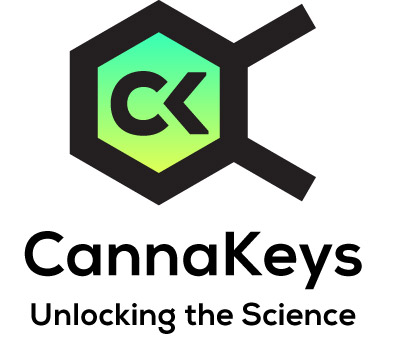Fatty Acid-Binding Protein (FABP) Research Dashboard
What am I missing as a non-subscriber?
To see a full dashboard with study details and filtering, go to our DEMO page.
As a subscriber, you will be able to access dashboard insights including chemotype overviews and dosing summaries for medical conditions and organ system and receptor breakdowns for cannabinoid and terpene searches. Study lists present important guidance including dosing and chemotype information with the ability to drill down to the published material. And all outputs are fully filterable, to help find just the information you need. Stay up-to-date with the science of cannabis and the endocannabinoid system with CannaKeys.
CannaKeys has 151 studies associated with Fatty Acid-Binding Protein (FABP).
Here is a small sampling of Fatty Acid-Binding Protein (FABP) studies by title:
- Astrocytic FABP5 mediates retrograde endocannabinoid transport at central synapses
- Suboptimal vitamin D status and overweight/obesity are associated with gut integrity and inflammation in minority children and adolescents: A cross-sectional analysis from the MetA-bone trial
- Carcinoid heart disease involving the left heart: a case report and biomarker analysis
- Point-of-care testing in primary care patients with acute cardiopulmonary symptoms: a systematic review
- Adipocyte fatty acid binding protein 4 (FABP4) inhibitors. A comprehensive systematic review
Components of the Fatty Acid-Binding Protein (FABP) Research Dashboard
- Top medical conditions associated with Fatty Acid-Binding Protein (FABP)
- Proven effects in clinical trials for Fatty Acid-Binding Protein (FABP)
- Receptors associated with Fatty Acid-Binding Protein (FABP)
- Individual study details for Fatty Acid-Binding Protein (FABP)
Ready to become a subscriber? Go to our PRICING page.
Page Quick Links
Select New Cannabinoid
Overview - Fatty Acid-Binding Protein (FABP)
Description of Fatty Acid-Binding Protein (FABP)
Fatty acid-binding proteins (FABPs) have been described as “workhorse” proteins for moving lipids inside the cell. FABPs were identified to be intracellular carriers for anandamide (AEA) (M. Kaczocha et al., 2009). More specifically, FABPs a family of proteins sometimes referred to as lipid chaperones, are intracellular proteins that facilitate the transport of AEA to different parts of the human body. Guided by the homeostatic mechanisms on an as-needed basis FABPs transport AEA to a cellular organelle the endoplasmic reticulum (a transport system) where the enzyme FAAH1 is found. Once in proximity, FAAH1 begins to function as a catalyst (to cause the reaction) for AEA's hydrolyses (break down) (M. Elmes et al., 2015).
When cannabinoids such as THC and CBD are present and bind to FABPs instead of AEA, they inhibit AEA's breakdown and, as such, increase its bioavailability (D. Deutsch, 2016).
To date, 10 different types of FABPs have been identified in humans, each found in specific tissues such as the brain, kidney, or liver for example. Of these three known members, i.e., FABP3, FABP5, and FABP7 bind with THC and CBD (M. Elmes et al., 2015).
Other Names:
Fatty Acid-Binding ProteinFatty Acid-Binding Protein (FABP) Properties and Effects
Only Members can view Properties and Effects information. See DEMO page.
Fatty Acid-Binding Protein (FABP) Receptor Binding
Only Members can view Receptor Binding information. See DEMO page.
Disclaimer
Information on this site is provided for informational purposes only and is not meant to substitute for the advice provided by your own licensed physician or other medical professional. You
should not use the information contained herein for diagnosing or treating a health problem or disease. If using a product, you should read carefully all product packaging. If you have or suspect that you have a
medical problem, promptly contact your health care provider.
Information on this site is based on scientific studies (human, animal, or in vitro), clinical experience, or traditional usage as cited in each article. The results reported may not necessarily occur in all individuals. For many of the conditions discussed, treatment with prescription or over-the-counter medication is also available. Consult your physician, nutritionally oriented health care practitioner, and/or pharmacist for any health problem and before using any supplements or before making any changes in prescribed medications.

